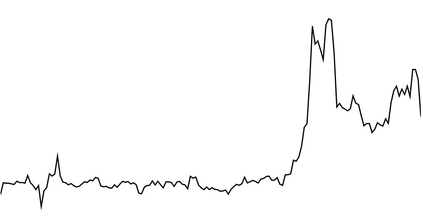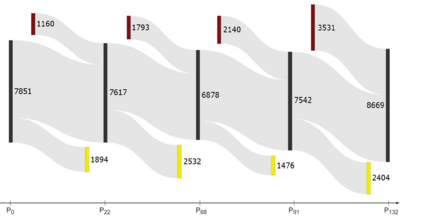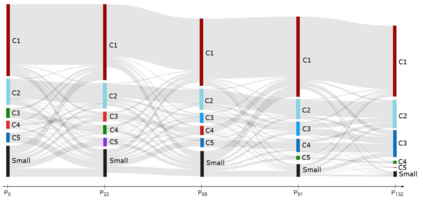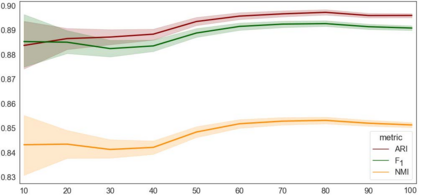Communities in social networks often reflect close social ties between their members and their evolution through time. We propose an approach that tracks two aspects of community evolution in retweet networks: flow of the members in, out and between the communities, and their influence. We start with high resolution time windows, and then select several timepoints which exhibit large differences between the communities. For community detection, we propose a two-stage approach. In the first stage, we apply an enhanced Louvain algorithm, called Ensemble Louvain, to find stable communities. In the second stage, we form influence links between these communities, and identify linked super-communities. For the detected communities, we compute internal and external influence, and for individual users, the retweet h-index influence. We apply the proposed approach to three years of Twitter data of all Slovenian tweets. The analysis shows that the Slovenian tweetosphere is dominated by politics, that the left-wing communities are larger, but that the right-wing communities and users exhibit significantly higher impact. An interesting observation is that retweet networks change relatively gradually, despite such events as the emergence of the Covid-19 pandemic or a change of government.
翻译:社会网络中的社区往往反映其成员之间的密切社会联系及其随着时间的推移的演变。 我们提出一种方法,跟踪社区在回转网络中演变的两个方面:成员在社区内部、外和社区之间的流动及其影响。 我们从高分辨率时间窗口开始,然后选择几个时间点,这些时间点在社区之间差异很大。 为了社区检测,我们提出一个两个阶段的方法。 在第一阶段,我们应用了一个强化的Louvain算法,称为Ensemble Louvain,以寻找稳定的社区。在第二阶段,我们形成这些社区之间的联系,并找出链接的超级社区。对于被检测的社区,我们计算内部和外部影响,以及个人用户的retweet h-index影响。我们对所有斯洛文尼亚语推文三年的Twitter数据应用了拟议方法。分析表明,斯洛文尼亚的推特圈以政治为主,左翼社区规模较大,但右翼社区和用户的影响要大得多。一个有趣的观察是,尽管出现了Covid-19大流行或政府改变等事件,但反向网络变化相对缓慢变化。










